Section 199A or QBID (Qualified Business Income Deduction) left a lot of tax professionals scratching their heads and saying things that I would not want to repeat in polite company when it was passed and signed into law by President Trump on December 22, 2017 as part of the Tax Cut and Jobs Act. Not only was it the most complicated legislation that we have seen in several years, but it didn’t address a lot of the real-life client scenarios that the profession faces.
QBID is a complicated calculation. Simply stated, it is a 20% deduction on trade and business income and/or rental income that you deduct on your Form 1040 before arriving at taxable income. Also, it can be passed through to you with a K-1 from a partnership or S-Corporation.
Recently, the IRS issued a final revenue procedure regarding the usage of the safe harbor on rental real estate under QBID. Having a safe harbor is beneficial because it offers protection from any liability and/or penalties that the IRS may assess for understatement of tax. No boat required. Since so many of our clients own rental real estate, we thought you might find this article helpful. Or, if printed, can be used as tinder.
Safe Harbor Requirements
In order to claim safe harbor for your rental real estate activities, you must:
1. Maintain separate books and records for each property or you may aggregate your properties as one. More on this later.
2. Prove that you have 250 hours or more per year actively managing your properties. These activities can be performed by you, your employees, or independent contractors. Activities include negotiating and executing leases, property maintenance and repairs, advertising the property, collecting rent, purchasing supplies and materials, and supervision of employees and independent contractors.
3. Maintain contemporaneous records, such as time spent reports. Basically, this consists of who, what, and when. The contemporaneous records requirement goes into effect beginning January 1, 2020.
4. The safe harbor election must be attached to the return.
Aggregation
Aggregation of your rental properties can help to push you over the 250-hour hump requirement. If you wish to aggregate your rental activities, only residential property can be aggregated together, and only commercial property can be aggregated together. Further, any new properties acquired must become part of its respective aggregation. However, aggregation does not mean combining financial records. You must still maintain separate financial records for each property, so your friendly neighborhood CPA can accurately prepare your return and keep whatever hair they may have left by the end of tax season.
For mixed-use properties (one property that consists of both commercial and residential units), you have a choice. You may bifurcate it into its residential and commercial portions, or you may treat it as a single rental real estate enterprise. If you treat it as a single rental real estate enterprise, you may not mix it with any of the above-mentioned aggregations.
Exclusions
Finally, the IRS would not be the IRS if they didn’t have exceptions. Gotta love ‘em.
1. You may not use the real estate as a residence.
2. Real estate rented under a triple net lease is excluded. A triple net lease, for this revenue procedure, is where the tenant pays for taxes, fees, insurance, maintenance, and utilities.
3. Rental real estate used in a trade or business that is conducted by you is also a no-no.
4. If any portion of the real estate is treated as a SSTB (Specified Service Trade or Business), the entire real estate interest is excluded. SSTB’s are a whole other topic that is outside the scope of this Rev. Proc. Plus, it’s late, and I want to go home.
As always, if you have any questions about this or if you have any other tax questions that are keeping you awake at night, all of us in the BT&Co tax department are standing by waiting to take your call. Well, not really, but we will be happy to answer any questions you may have.
